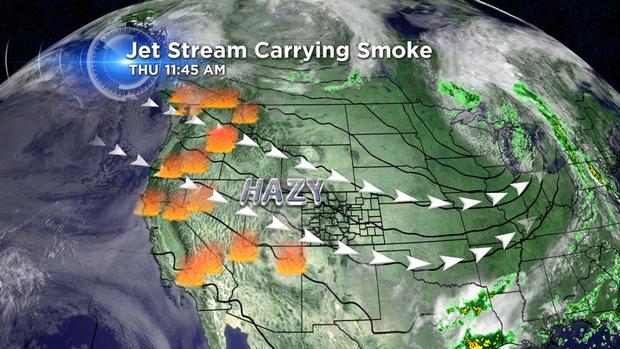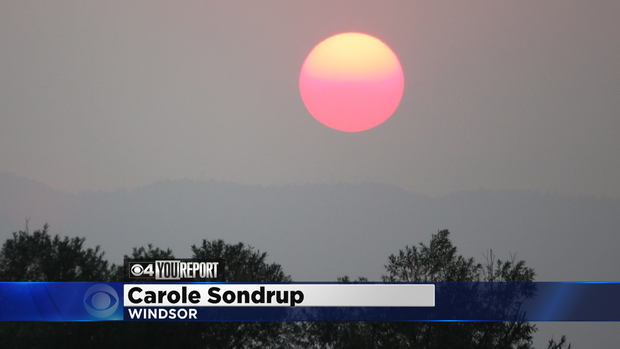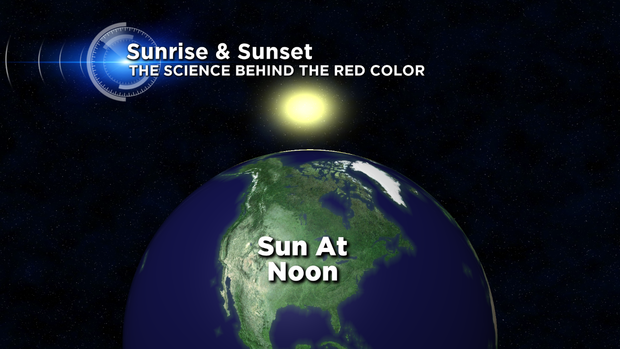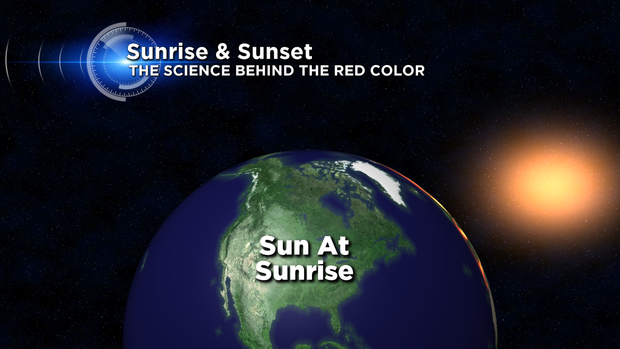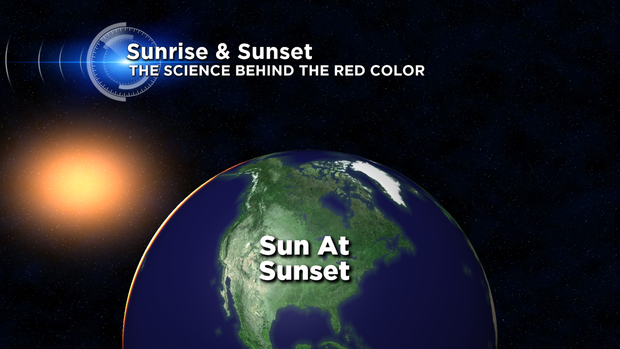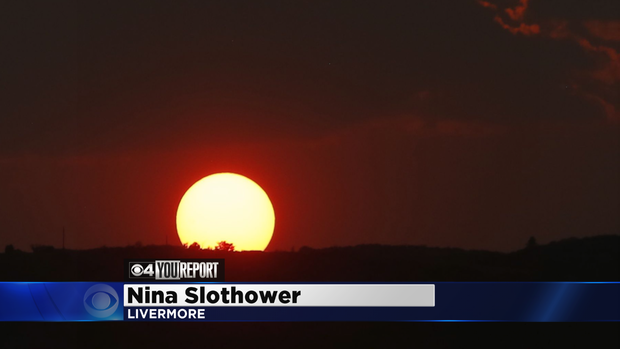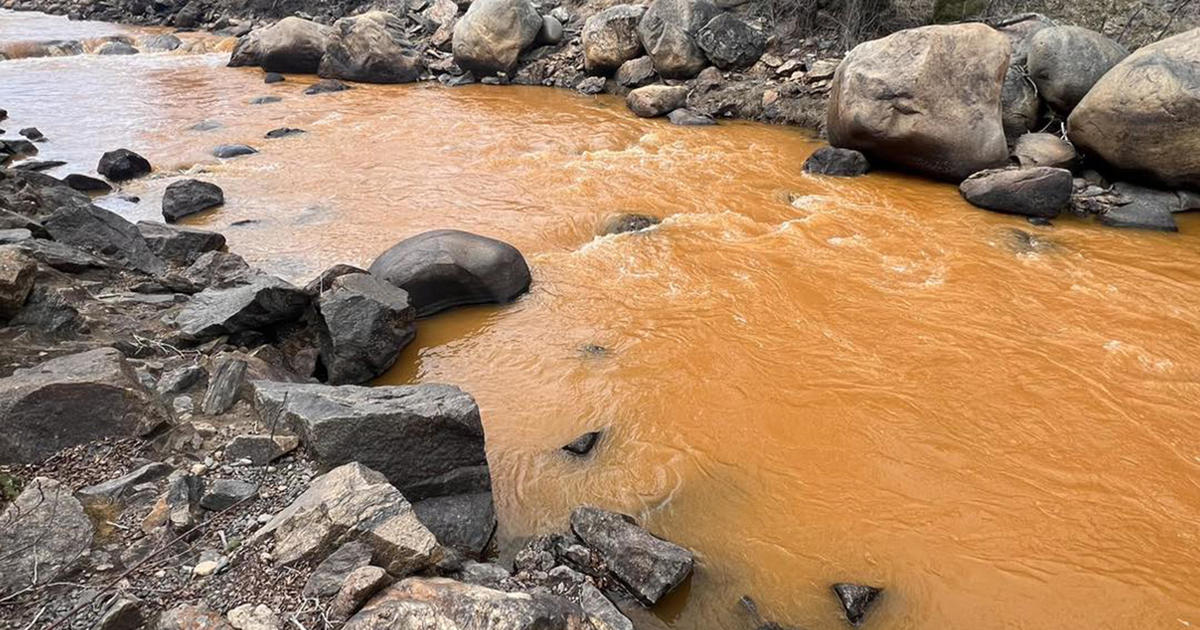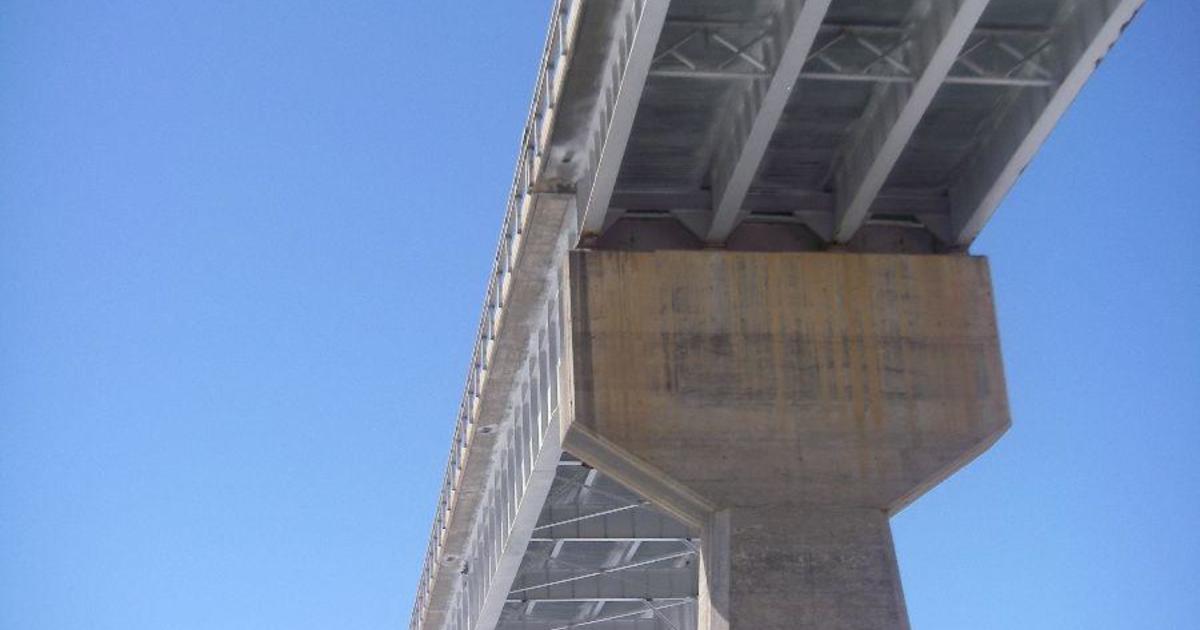What Wildfire Smoke Does That Causes Your Eyes To See Fiery Red Sunsets
DENVER (CBS4) - For the past few days northwest winds in the upper atmosphere have been transporting smoke from dozens of western wildfires into Colorado and that's been creating problems with air quality.
It's prompted the Air Quality Division of Colorado Department of Public Health and Environment to issues advisories for much of the state.
But the smoke has also been making for some amazing color in the sky at sunrise and sunset.
So why not during other parts of the day?
The answer has to do with the position of the sun. You also need to understand a little about the visible light spectrum.
During the noon hour the sun is directly overhead and it's rays are traveling through a fairly small portion of the Earth's atmosphere as compared to sunrise or sunset.
The color appears white because all waves of the visible light spectrum are striking our eyes.
But at sunrise and sunset the white light from the sun passes through a much thicker portion of the atmosphere and particles in the air can scatter out the blue part of the visible light spectrum, allowing mostly red, orange and yellow light waves to reach our eyes.
If the atmosphere is fairly clear of particulate matter then we see a mostly bright yellow-orange sunrise or sunset.
When particulate matter is present the yellow waves of light, along with the blue waves, are scattered away, leaving the orange and red waves to reach our eyes.
And when the atmosphere is really loaded up with a ton of particulate matter, such as from wildfire smoke, then all colors of the visible light spectrum are scattered away except the red, and that is what reaches our eyes, making for such brilliant displays in the sky at sunrise or sunset.
Wildfire Resources
- Visit CBSDenver.com's Living With Wildfire section.
Wildfire Photo Galleries
- See images from the most destructive wildfires (Black Forest, Waldo Canyon, High Park and Fourmile) and largest wildfire (Hayman) in Colorado history.
Meteorologist Chris Spears writes about stories related to weather and climate in Colorado. Check out his bio, connect with him on Facebook or follow him on Twitter @ChrisCBS4.
